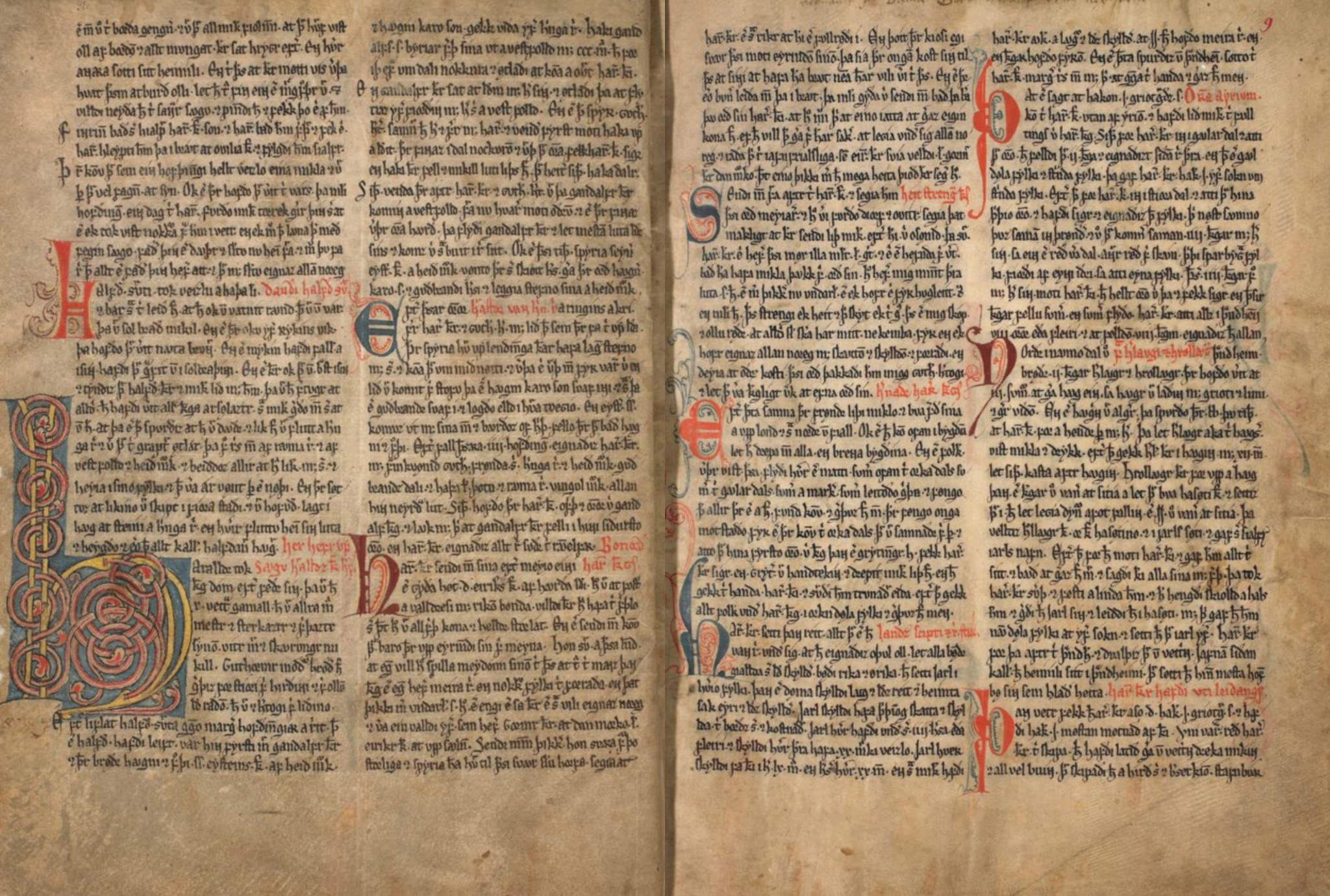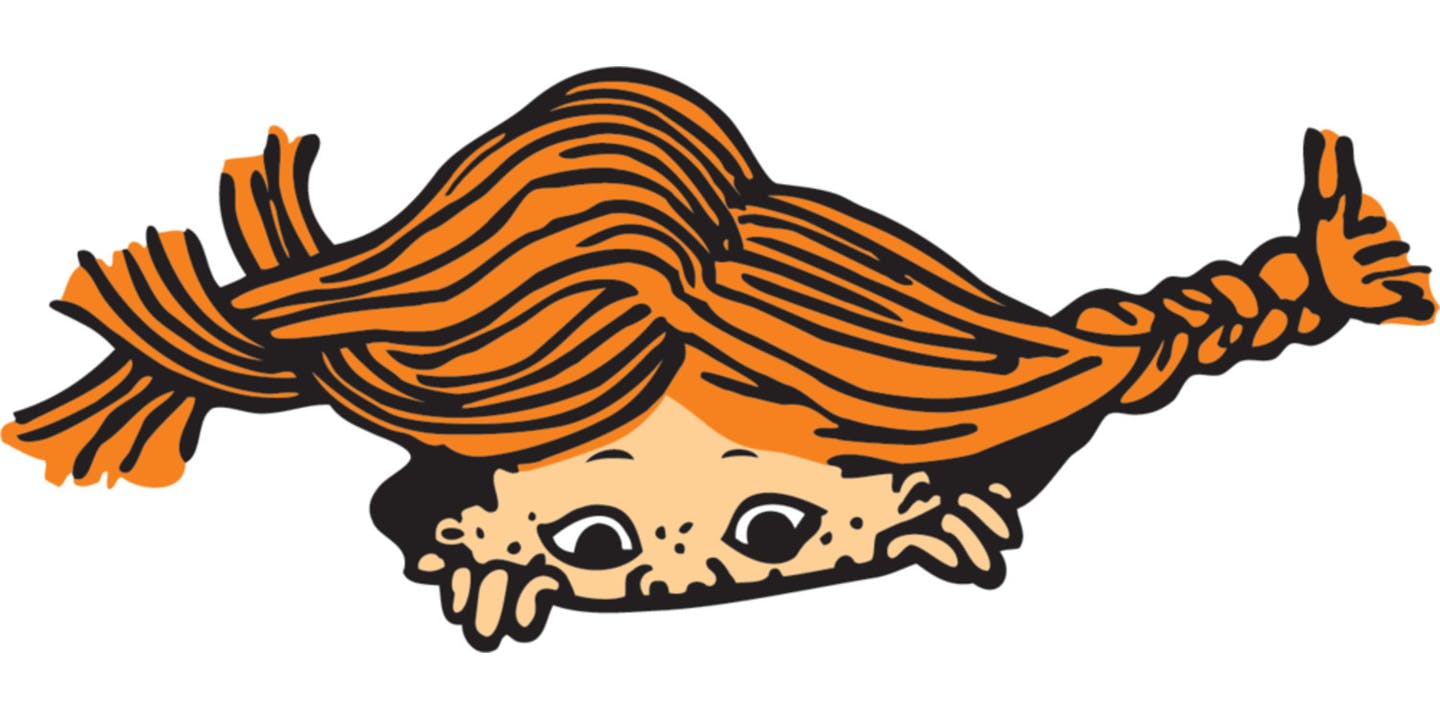Bird People, Fairies and Others
How does one make an Other? And if one has made an Other what does that legitimise? Let’s take a look at medieval European stories, how they give people beaks just to pick on them, and more.
„Reading“ front covers
Same content – different look. When books are translated into foreign languages, their content remains the same but their cover often changes entirely. What do front covers tell the reader and how do they differ? Shown on the example of Kim Leine’s book Rød mand/Sort mand.
Finns as a Medium to Establish Hypermasculinity in Medieval Ages
[extract need to be done]
Kon-Tiki: A White Man’s Journey
Thor Heyerdahl was a scientist, an explorer, an author, an environmentalist and global citizen. He went on an adventure when the world thought there were no more adventure left to have. But his image is not as unproblematic as one would expect. The theory behind the Kon-Tiki journey has been controversial since it has been presented.
Literary Otherness in Nordic National Epics – The Case of the Sámi
How are the Sámi depicted in Nordic national epics? Their role in the story, as well as their descriptions, can tell us much about how growing nationalistic feeling saw minorities and how these were classified as others.
Tell Me Where You Come From and I Will Tell You Who You Are – Ibsen, the Modern Sami and the Medieval Finnar
Bjørnstjerne Bjørnson argued that people exposed to the nature of the North could experience the same adventures as the characters in the sagas. Strange as this assumption may appear to us, Ibsen seemed to agree with it. In one quarter of his plays the main characters have strong connections to the North, and their portrayal was undoubtedly to a certain degree influenced by Ibsen’s contemporaries, but mainly by the Finnar’s depiction in the sagas he had read.
Colonial and Racist Features in Pippi Longstocking’s Adventures
When one thinks of Pippi Longstocking, the first thing that comes to mind is maybe her strength or her cheeky behaviour. What many people probably do not associate with Pippi is racism or colonialism, even though both can be found in the adventures of the young girl.






